02.03.2022
The technological evolution is constantly changing the methods and habits of consumers. And this change does not only involve online commerce. All those businesses in the retail sector focused on local commerce and sales in physical retail spaces also need new technological solutions that allow them to innovate, improve their commercial processes and capture the consumer's attention more effectively.
And Retail Tech is introduced into this whole equation, incorporating the latest technologies at the point of sale with the aim of putting these businesses at the forefront of the moment. The use of technology at the point of sale facilitates the retailer's management work, allows him to generate a superior shopping experience that improves the average purchase ticket, and allows him to attract the attention of new customer typologies, with a more digital and technological character.

In short, the incorporation of technological solutions of Retail Tech, at the point of sale, manages to increase the sales of this type of business, also allowing to generate innovative forms of communication with its customers. For this reason, knowing in detail the technology and understanding how to use it to innovate is a key aspect to improve points of sale today.
Do you want to know how cutting-edge points of sale are using technology to stand out from the rest? In this blog we're going to help you find out by focusing on the following points:
- Technological trends in the retail sector
- Benefits of introducing digital solutions in commercial spaces
- Success stories and applied examples of Retail Tech
Technological trends in the retail sector
The situation in recent months has led to a dramatic change in people's consumption habits, turning towards e-commerce and omnichannel. This change, which has occurred in an accelerated and unpredictable way, has caused many retailers to remain somewhat anchored in traditional sales formulass and have most likely seen their business figures diminished.
This does not mean that physical commerce no longer works, or that it will disappear in the short term, but it is an indicator of the need for these businesses to adapt to the current situation and to know how to take advantage of the new formulas that technology allows us to exploit.
1. Digital transformation at the point of sale
Starting the digitization process of a business is not easy, especially if until now it has only used traditional tools. But it is the first necessary step for retailers to adapt to today's consumer habits.
And it doesn't have to focus solely on developing an online store. You can also start by exploring alternative paths, such as computerizing data management, automating processes or even incorporating new payment methods.
2. Establish an emotional communication with the customer
The considerable increase in e-commerce has caused, as a counterpart, that the consumer who goes to a physical point of sale does so looking for a more personalized and human attention.
For this reason, in addition to the human factor, achieving generating a memorable and unique shopping experience is something highly valued by a large part of consumers. And again at this point, technology can be the retailer's great ally to turn the point of sale into a temple that satisfies the customer's complete needs.
3. Betting on sustainability through technology
The ecological trend has gained strength among society and continues to do so day after day. Consumers increasingly value this fact and demand more environmentally sustainable actions.
The migration towards a cloud model that avoids storing information on paper, the use of Big Data to optimize production and avoid generating excess waste, or the incorporation of renewable energies and energy efficiency models, are some examples that can be incorporated at the point of sale.
What are the benefits of Retail Tech?
The implementation of technologies such as artificial intelligence, augmented reality or machine learning, and the use of interactive displays, sensors and IoT devices, digital taggers, or even holograms, can generate a series of advantages for all those involved in the purchasing process; both for the retailer, for the brands displayed at its point of sale, and for the consumer who decides to buy from it.
In this way, we can find that the advantages of introducing the latest technological innovations in the retail sector can be very varied, depending on the type of solution used and what its purpose is. To be more specific, below we will list some of the most interesting benefits of using digital solutions at the point of sale:
- Obtain information of interest about buying habits
- Make better management of the data obtained
- Have access to new sales tools
- Capture the attention of potential customers
- Generate a more immersive shopping experience
- Loyalize less regular customers
- Increase the average purchase ticket
- Promote products in a disruptive way
- Facilitate the purchase process, guiding the customer more efficiently
- Automate processes and reduce costs
- Increase sales
Success stories and examples of Retail Tech
If you are looking for new ways to innovate in a physical store, we are going to show you different success stories of Retail Tech applied at the point of sale. All of them will allow you to discover new digital solutions that you probably don't know. In addition, we believe they will help you see the possibilities of incorporating technology in retail spaces and inspire you with ideas that you could include in your company.
Virtual and Augmented Reality to virtually build the point of sale
Technologies such as Virtual Reality and Augmented Reality are tremendously versatile, and used with creativity and ingenuity can allow us to do things that are sometimes even difficult to imagine. In the case of applying them to the retail sector, one of their most interesting uses is to take advantage of them to recreate in 3D the actual space of the point of sale and visualize how it would look, before even starting its construction.
Through these technologies it is possible to design and furnish commercial spaces including elements such as shelves, shelves or decoration, either in the place where they will be located later, in order to imagine how they would finally look like. Thanks to this virtual preview, the retailer can make changes before starting the construction process and ensure that the final design of the point of sale meets their needs and preferences.
The use of these technologies also supports and reinforces the work of point-of-sale managers, giving them new tools with which to show displays, furniture or other elements to carry out POS campaigns, in situ in the retail space itself or in a virtual recreation, generating new ways to present POS ideas and actions in a more visual and interactive way.
Seeing this clear need in the retail sector, at DeuSens we developed our Augmented Reality app, Alice AR, whose purpose is to democratize the use of this technology and make it accessible to the commercial teams of any company. Its use has been gradually increasing since its launch in 2017, and more and more brands are betting on using Alice AR for their POS campaigns in the retail sector.
Find out more about Alice AR!
Domotic control software for Smart Retail
Having control of the lighting, the content displayed on the screens, the temperature, the piped music or even the room's perfume dosage, is key for today's retailer, and especially for the retailer of the future. Having a proprietary development, to have all these aesthetic and sensory aspects under control, allows the retailer to create unique environments in the different areas of the store, and is a very important aspect to take into account when designing and configuring the commercial space.
Through the creation of a mobile app, the retailer can modify these aspects in real time from his own Smartphone or Tablet and have at his disposal new elements to create a more attractive shopping experience for the consumer. Smart points of sale are already an increasingly common reality in the retail sector, and IoT sensors, connections between interactive elements and the domotic system in the commercial space are practically mandatory for those who want to join the Smart Retail trend.
Technological development for the product shelf
Integrating the latest technologies into the product shelf is another of the great advances that the retail sector has been able to take advantage of. Taking advantage of this incorporation can allow the retailer to be able to intervene in the psychological process of the purchase decision, right in the place where action is taken, on the product shelf.
An example could be the inclusion of digital signage in the shelf labeling, which can indicate with arrows where the product sought is located or draw attention to a specific product that is to be promoted. Also the incorporation of sensors that detect which product the consumer is taking from the shelf or the use of product recommendation software based on consumer trends and tastes.
Virtual fitting rooms for clothing, accessories and other products
Virtual fitting rooms consist of technological solutions that allow consumers to try on clothing, accessories such as bracelets, watches, glasses or earrings and other types of products such as makeup, for example, without the need to have the product physically present.
For this reason they are ideal for e-commerce, allowing the potential customer to try a product from home before buying it. But they are also very useful in physical points of sale, saving customers time in searching for products and also when trying them on, making it faster and more efficient.
This type of Retail Tech solution uses technologies such as Augmented Reality, as well as tracking systems, to detect the consumer's body parts and superimpose 3D recreations of the products on the real image.
Self-service checkouts to speed up payment
Self-service systems represent a very interesting technological alternative to speed up the payment process, which also offers consumers greater control over their privacy by handling the purchased products themselves.
Self-service checkouts allow to increase the flow of customers passing through the checkout in less time, speeding up the payment process and avoiding the production of queues. In this way, the use of self-service checkouts solves one of the main concerns of the consumer, thus increasing customer satisfaction.
In addition, by reducing the number of workers in the checkout area, staff can focus on performing other tasks that improve the customer experience and bring them greater satisfaction such as customer service tasks.
Interactive experiences to boost Customer Engagement
Technological advances applied in the right way allow the retail sector to turn points of sale into authentic places where to create an entertaining and memorable shopping experience. In this way, the fundamental objective is to make the consumer want to repeat it and do it as many times as possible, obtaining a recurrence and loyalty that can hardly be achieved by other methods.
Promoting this experience, even before the consumer enters the point of sale, is possible through the use of an interactive showcase. This digital solution aims to capture the public's attention from outside the store and persuade them to enter the store. In this specific example, we can see how through the user's tactile interaction, the user is able to modify the content of the screens and become interested in the characteristics of the product displayed, without even having to enter the point of sale.
On the other hand, multiple interactive solutions can also be included inside the retail space to provide extra entertainment and dynamize the shopping process. This is the case of interactive VideoWalls, which are capable of capturing the attention of the public through the use of large screens with which you can interact in different ways, either by touch system, by motion detection, etc.
Another interesting example is our FunMirror, an interactive photocall that makes use of Augmented Reality to include virtual elements in the scene, through a camera and a screen, to allow users to take a souvenir photo of their visit, and that in a similar way to the interactive VideoWalls, allows to generate a fun experience that surprises and generates a positive memory of the visit. Its use, moreover, generates a hot spot at the point of sale through which all consumers will want to pass and which can be used to place the most interesting products around it.
Product configurator and recommender software
One of the strengths of Retail Tech is undoubtedly applying technology to create digital solutions to guide the customer and support them during their shopping process.
And this can be achieved in multiple ways, either by saving them shopping time, facilitating their decision making, showing them product comparisons and information, recommending the best product and guiding them to it, or even allowing them to configure their own customized product. For each of these cases, the retailer can find various technological solutions thatallow to facilitate the customer's buying process increasing their overall satisfaction in the commercial establishment.
This is the case of product recommenders, software that allows to suggest the most suitable product for the customer based on some brief predefined questions and show him where to find it within the store, or the case of product configurators, which directly allow the customer to create his own customized product by selecting the ideal option among different features, and subsequently add this product to the cart.
Product glorifiers and holograms
Marketing techniques used inside the point of sale have always been a key aspect of retail space management. However, it is becoming increasingly difficult to impress customers, and attracting their attention through traditional marketing techniques can be insufficient to highlight the products that are most important to sell. Nowadays, customers are receiving more and more advertising impacts and this makes each of them separately less relevant. In this aspect, technology can also play a key role and holograms are a very interesting option to generate more striking impacts that manage to capture the consumer's attention.
Through holographic technology and through the use of displays, transparent LED screens or holographic fans, the retailer has access to the creation of disruptive product glorifiers that allow to highlight those products and bring the consumer's attention to them. Undoubtedly, a use of technology that allows the creation of new innovative marketing techniques at the point of sale.
Discover more uses of holograms for businesses!
Mini-games to gamify the shopping experience
Including mini-games, tests or challenges in point-of-sale campaigns is another of the options that technology and Retail Tech offer us to capture the public's attention on a specific brand or product. Anything that allows the consumer to go from being a supporting actor to being the protagonist of the adventure, inside the commercial space, achieves that positive impact and greater recall of the experience associated with the brand.
Thus, the inclusion of elements that allow gamification of the purchasing process is for the retailer a new opportunity to implement new promotional strategies at the point of sale. These gamified experiences, such as interactive mini-games, can be accompanied by sweepstakes, discounts or prizes with the aim of boosting consumer participation, complementing and enhancing the promotion carried out.
In this example you can see a minigame developed for Campofrío, in which, through the use of Augmented Reality, the user had to fit various products of the brand in a virtual shopping basket in the shortest possible time.


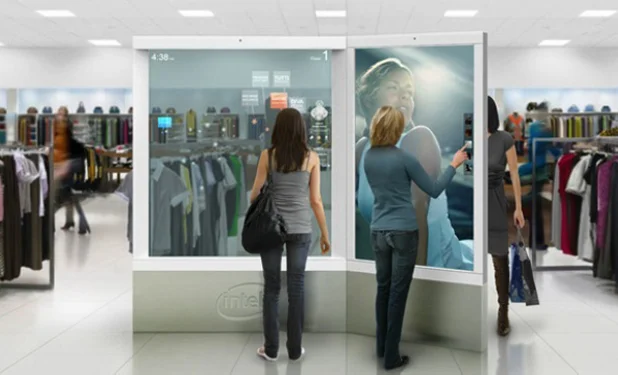
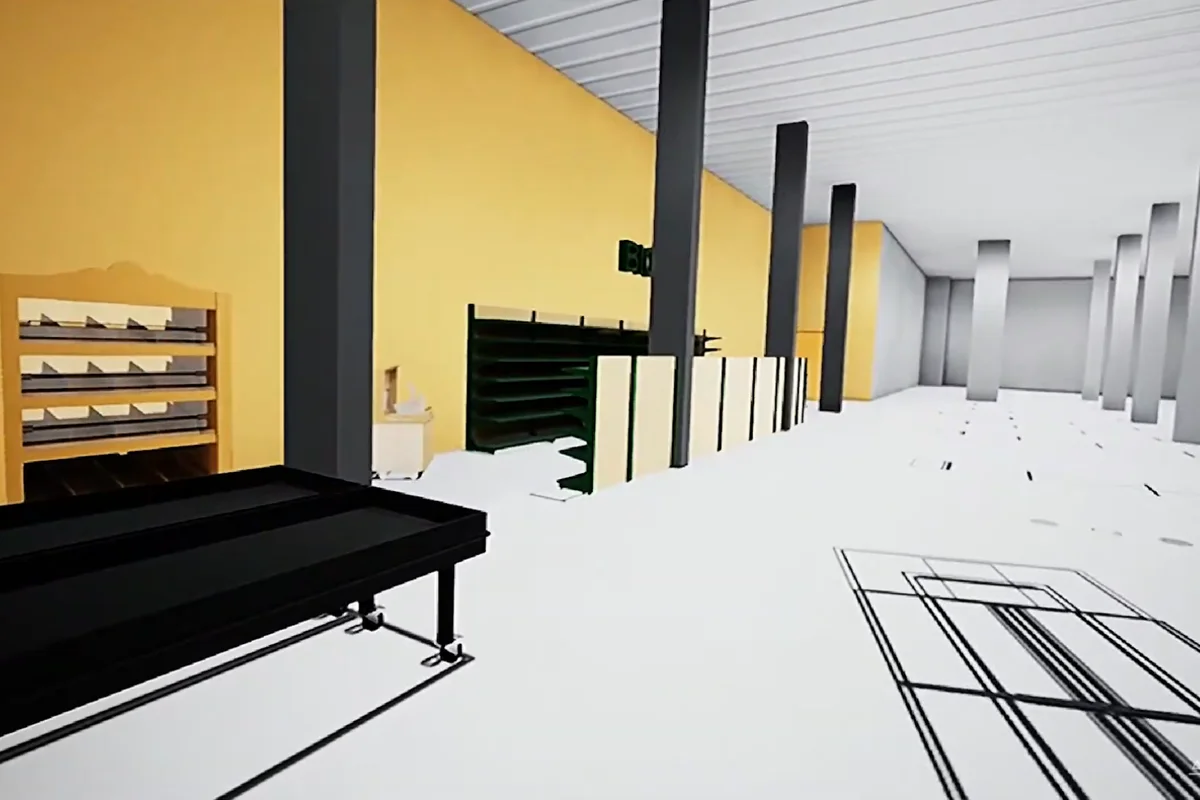
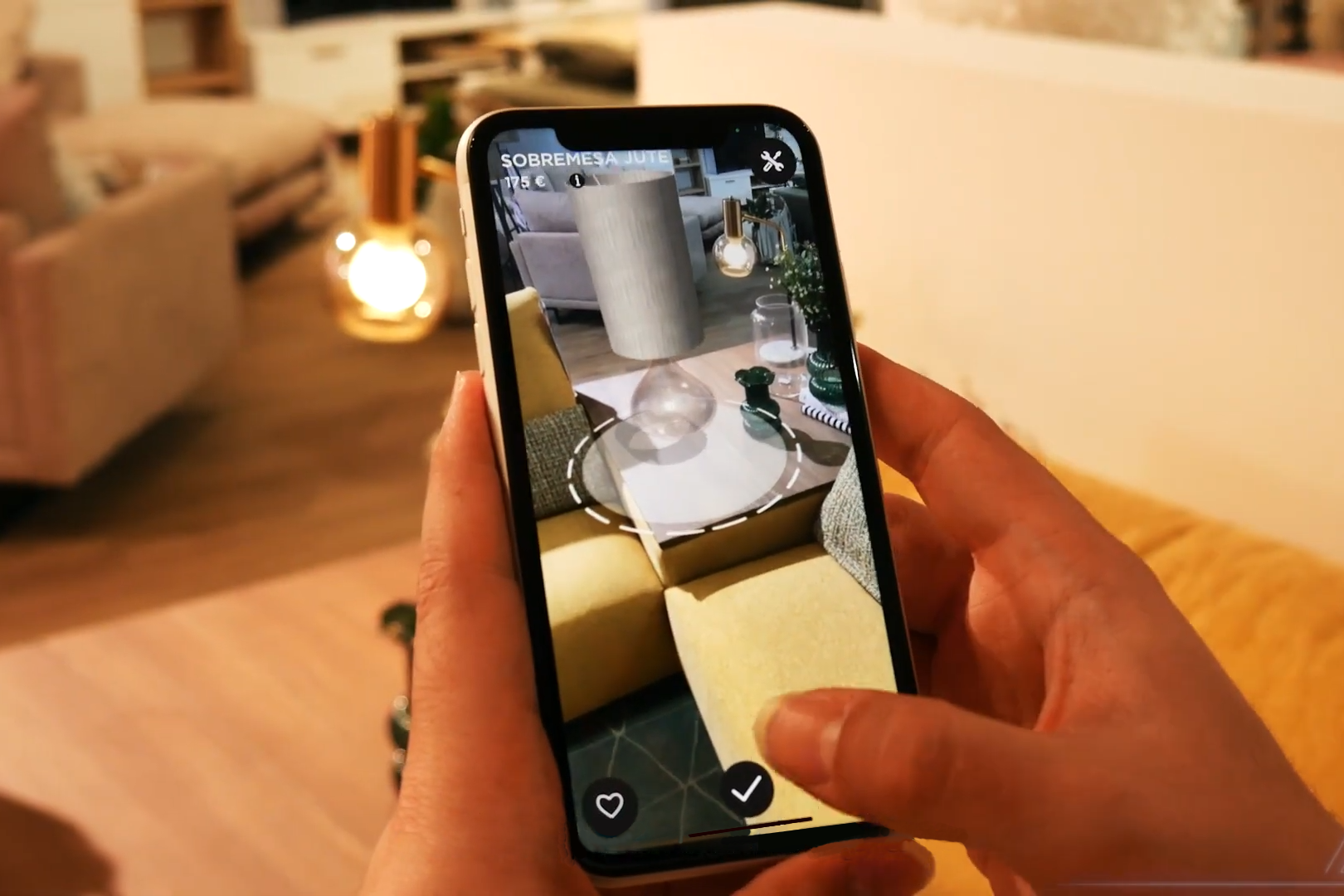
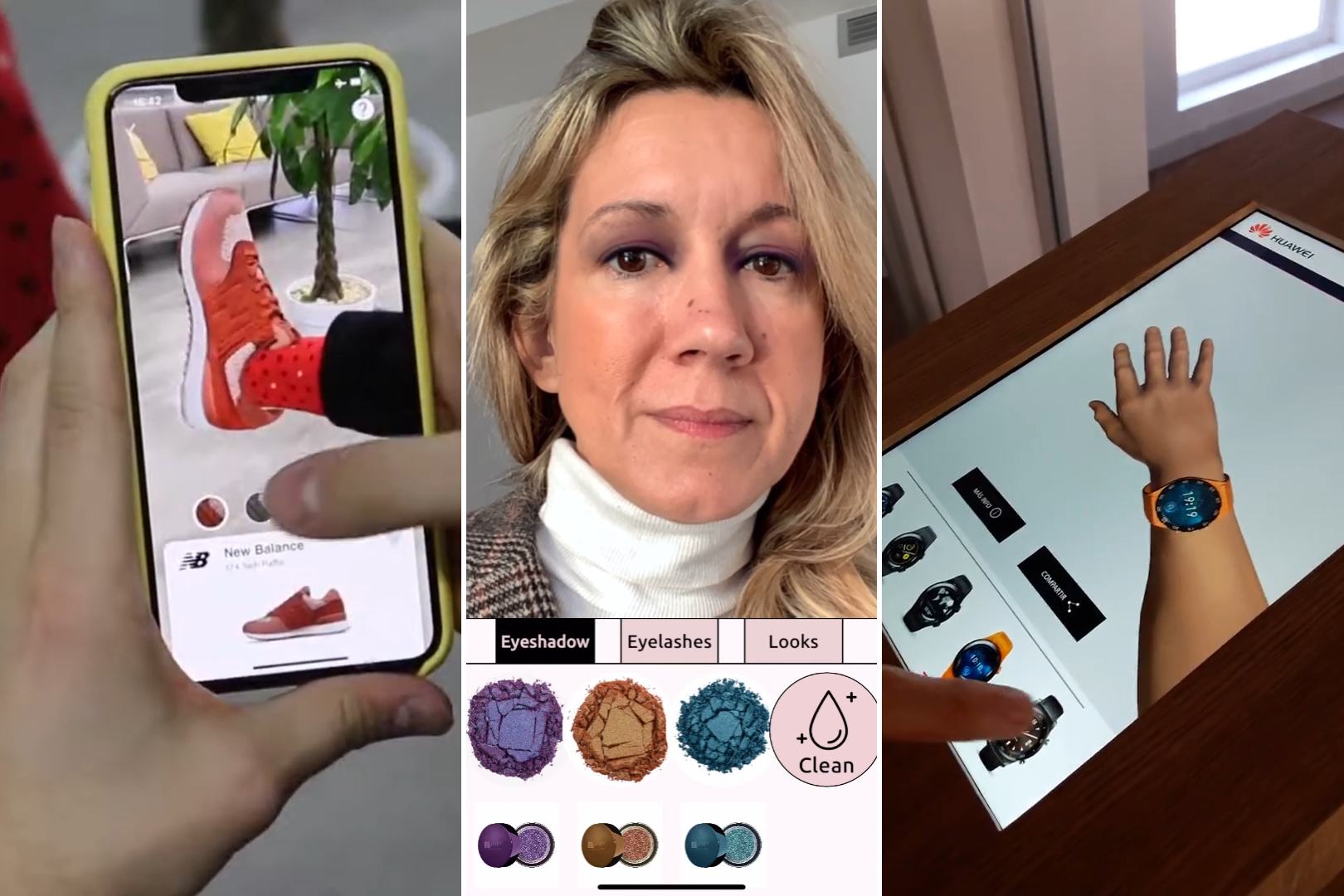

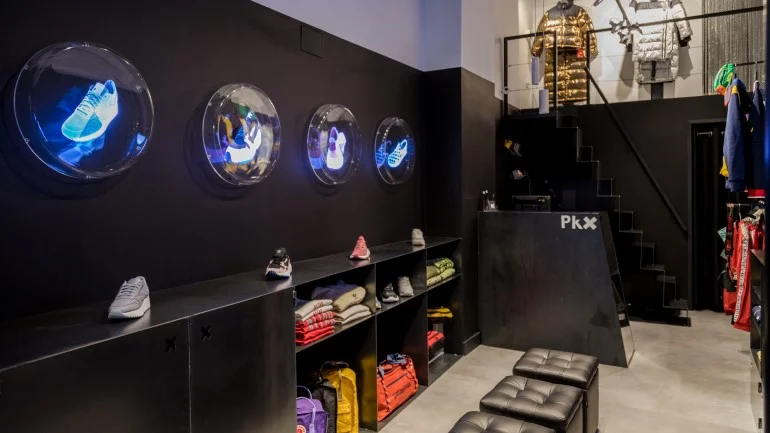
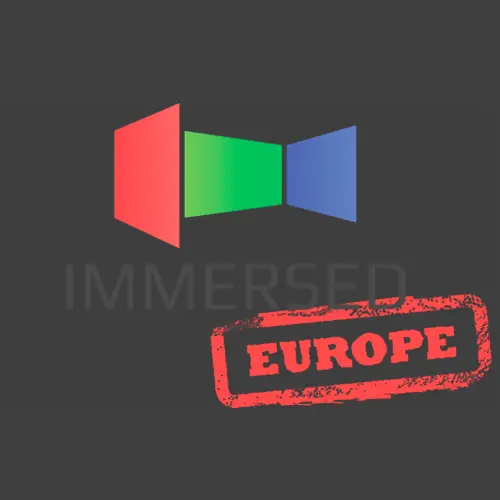

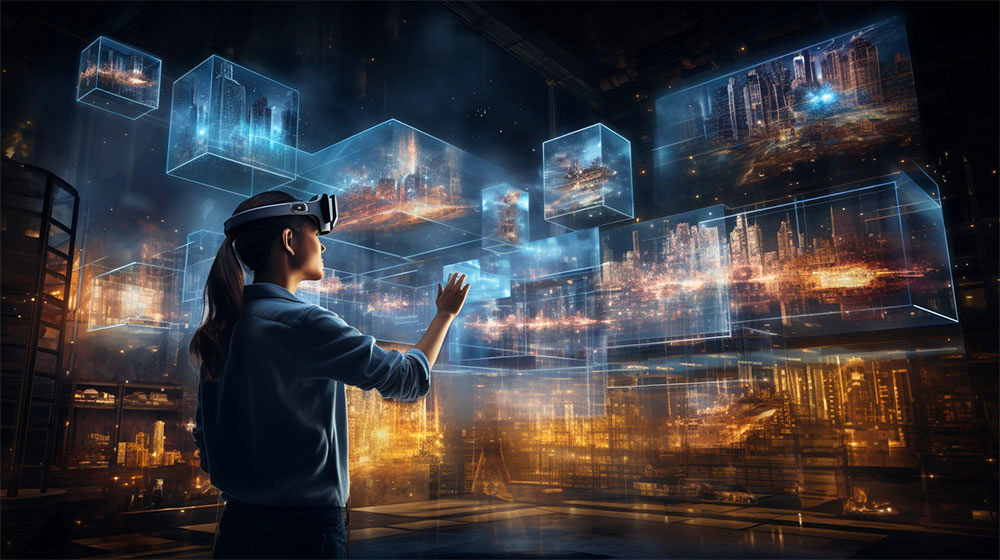









 RETURN
RETURN







